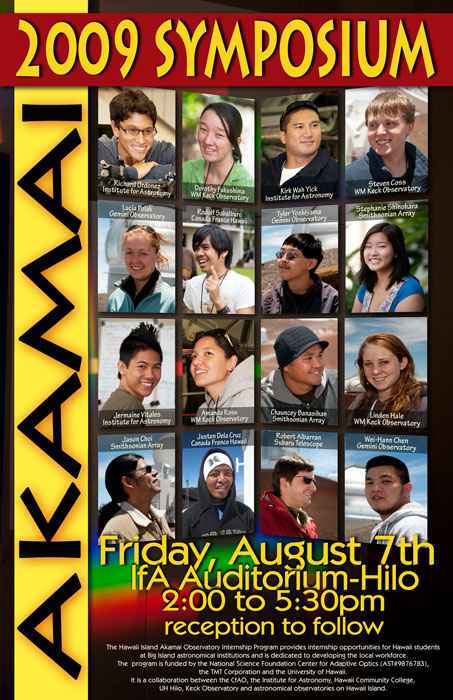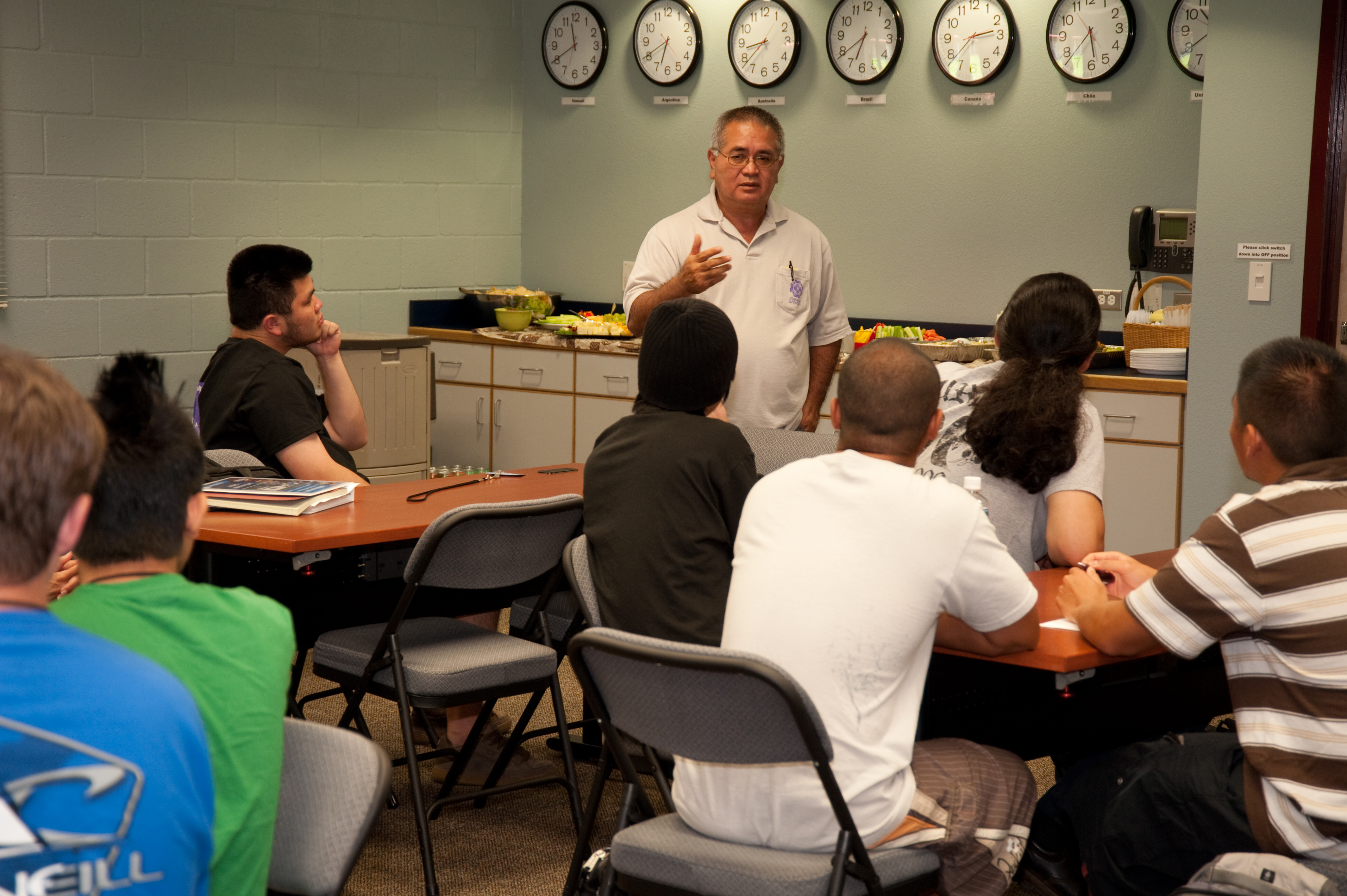RToday is the big day – The Thirty Meter Telescope Corporation’s board is meeting to decide where to site the TMT.
Will it be in Chile?
Or will it be in Hawai‘i?
We’ll have to wait and see.
We’ve come such a long way. It was three years ago when we first heard the TMT folks were interested in siting their telescope on Mauna Kea. Back then, the community was torn apart over astronomy and control issues.
Together with Roberta Chu and Bob Saunders, I volunteered to sit on the newly formed TMT committee of the Hawai‘i Island Economic Development Board. I was determined that if a new telescope was to be sited on Mauna Kea, it needed to be done right.
To me, “done right” meant doing things local style. And local style is all about building relationships. One must go talk story, again and again, until a certain level of trust is built. This takes time.
Spending time is an essential part of trust building. One cannot avoid spending the time.
Fortunately, Henry Yang, President of the TMT Corporation and Chancellor of U.C. Santa Barbara, and Jean Lou Chameau, President of Cal Tech and one of the TMT Corporation partners, both understood the importance of relationship building. They took the time to meet and get to know the people. They did this for its own sake.
If we are successful and the TMT is sited on Mauna Kea, it will be because of the foundation that was laid in the first few meetings. From there, we all just went out and built relationships.
A little at a time, in wider and wider concentric circles, people started talking to others and common ground was found. Groups started talking to groups – labor unions, business organizations, astronomy folks, university and community college folks, as well as many other groups and organizations that joined this coalition, which had as its purpose, the common good.
One of the most important things we learned from the Hawaiian community was that the process is the most important thing. Follow the process. Following the process meant that all participants in the process made for a better end product.
And, following that logic, we acknowledge and appreciate the contribution of all involved. So the process made all of us contributors to the end product. It was not “us against them.” It was just us. All of us!
We also need to aloha the early, loud voices for bringing up issues that needed to be addressed.
This is what I envisioned when I said that if the TMT comes here, it needs to be done right.
It also means that if the TMT selects Mauna Kea tomorrow, our work is not done. We must make sure that the four sub plans for the CMP are done right. We need to continue working hard to protect the rights of all the parties.
No matter whether Mauna Kea is selected or not, we did this right and we will have no regrets.
Aloha, mahalo and congratulations to all.


